Results
-
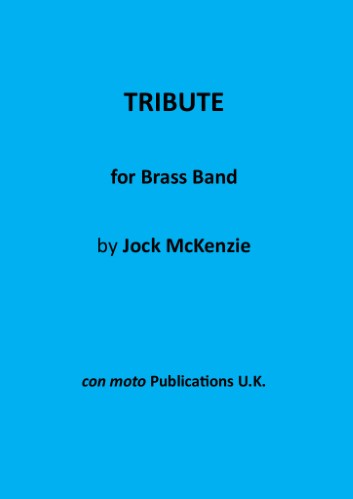 £37.50
£37.50TRIBUTE BRASS BAND (score & parts) - McKenzie, Jock
If you require further information on TRIBUTE BRASS BAND (score & parts), please
In Stock: Estimated dispatch 1-3 working days
-
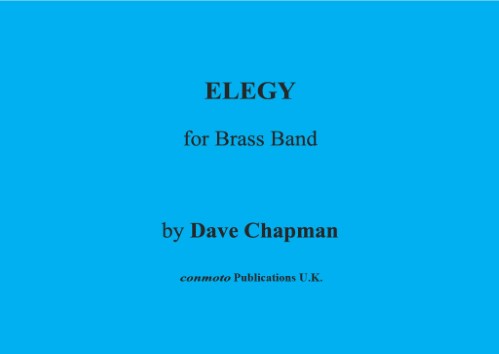 £27.50
£27.50ELEGY for Brass Band (score & parts) - Chapman, Dave
If you require further information on ELEGY for Brass Band (score & parts), please
In Stock: Estimated dispatch 1-3 working days
-
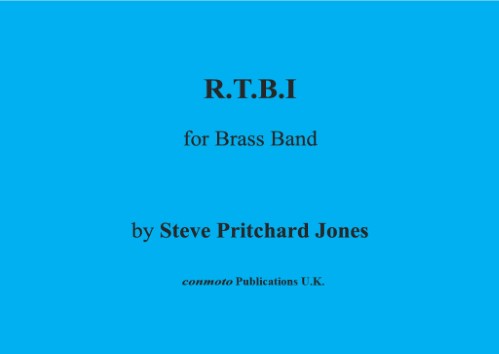 £27.50
£27.50R.T.B.I. BRASS BAND (score & parts) - Pritchard Jones, Steve
If you require further information on R.T.B.I. BRASS BAND (score & parts), please
In Stock: Estimated dispatch 1-3 working days
-
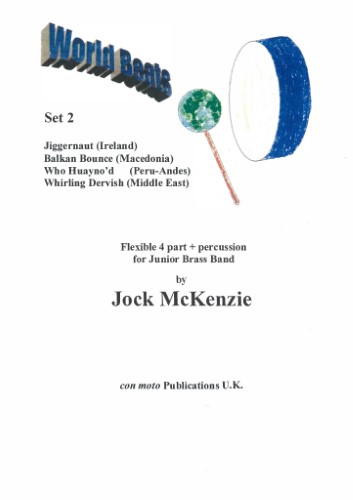 £42.50
£42.50WORLD BEATS Set 2 for Brass Band (score & parts) - McKenzie, Jock
If you require further information on WORLD BEATS Set 2 for Brass Band (score & parts), please
In Stock: Estimated dispatch 1-3 working days
-
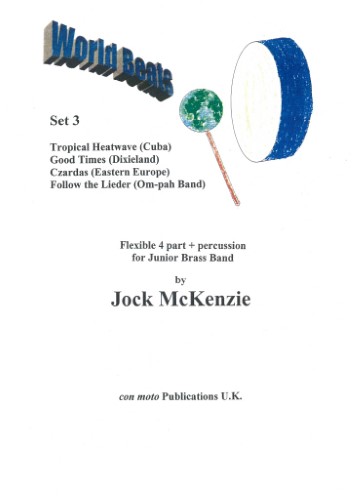 £42.50
£42.50WORLD BEATS Set 3 for Brass Band (score & parts) - McKenzie, Jock
If you require further information on WORLD BEATS Set 3 for Brass Band (score & parts), please
In Stock: Estimated dispatch 1-3 working days
-
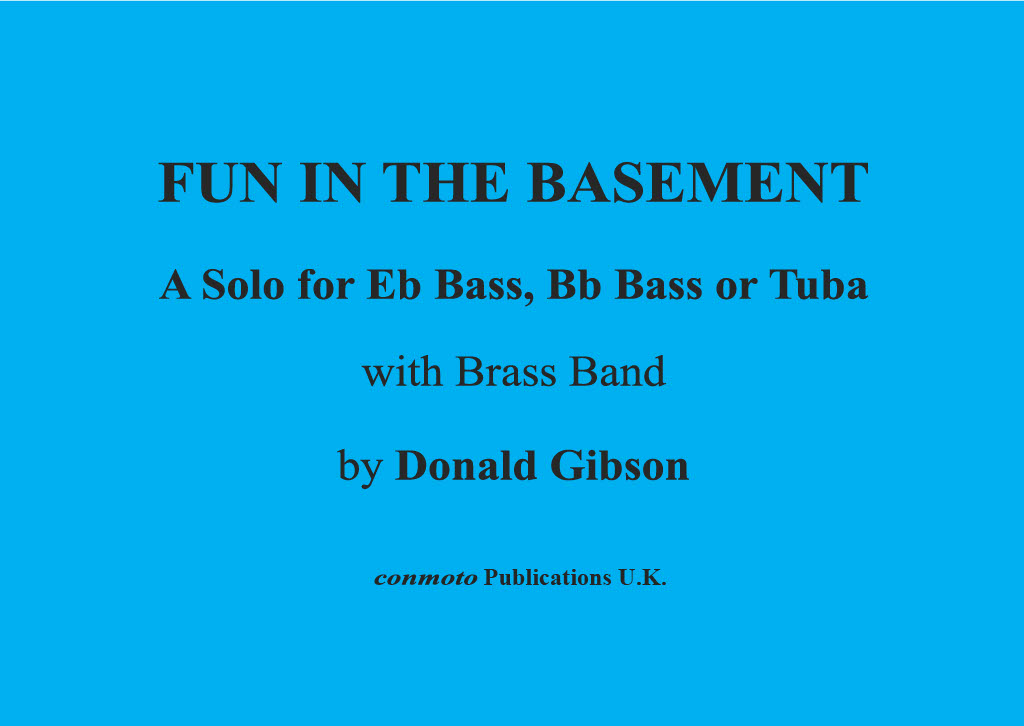 £27.50
£27.50FUN IN THE BASEMENT for Brass Band (score & parts) - Gibson, Donald
If you require further information on FUN IN THE BASEMENT for Brass Band (score & parts), please
In Stock: Estimated dispatch 1-3 working days
-
£44.95
LABOUR AND LOVE (Brass Band Set) - Percy Fletcher
Following its selection as test-piece for the 3rd Section of the Regional Brass Band Championships of Great Britain 2010, the publishers have made the following amendments to the original publication; Tenor Trombone parts are now in treble clef, percussion parts are now included in the full score.
Estimated dispatch 7-14 working days
-
 £154.60
£154.60Variations for Brass Band - John Brakstad
"Variations for Brass Band" consists of a chorale and 5 variations of brilliant, lyric and humorous character. The piece also contains several soloparts and elements of ensemble.Each variation has its own title, but the piece should be played in its entirity.The chorale is based on a minor pentachord, and each variation begins with these five notes, with different rhythmical treatment.There is also a little secondary "theme", consisting of five notes which are heard throughout the work (eg. as sixteens/semiquavers in cornets in bar 1).When the beams sweep across the Earth, they can be heard as regular pulses. We call them pulsars.In this piece there are three percussion parts. In addition there is an "optional part" to replace the marimba and vibraphone written in the three original percussion parts if desired. This fourth part is shown in the full score.
Estimated dispatch 5-14 working days
-
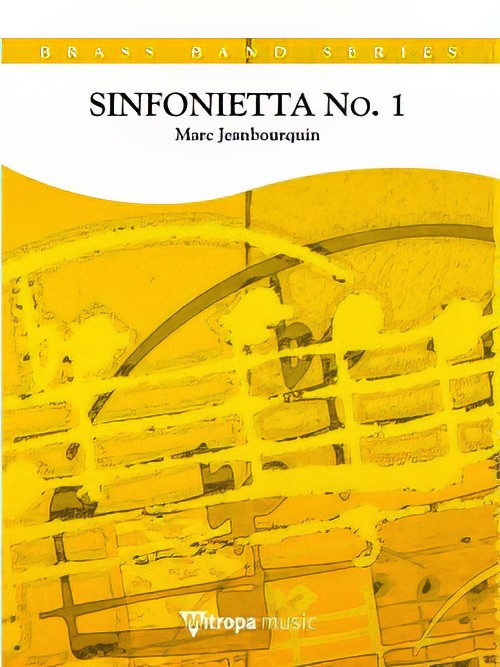 £102.99
£102.99Sinfonietta No.1 (Brass Band - Score and Parts) - Jeanbourquin, Marc
Sinfonietta No.1 won first prize in the 2023 Composition Competition organized by the Swiss Brass Band Association. Various melodic themes and rhythmic motifs develop throughout the work. They combine with the numerous dynamic effects to bring a certain unity, from the beginning to the end of this competition piece. The technical and melodic difficulties allow the different soloists to show their virtuosity and musical prowess over five uninterrupted parts. After a first slow and misterioso part, there is a contrast with the following energico sequence based on an ostinato, creating both a progression and a tension, to drive everything towards the third part mesto (sad), then lento, where some cadenzas and numerous dissonances can be heard. The energico transition announces the fifth part, a ternary and fast con fuoco. This last part will lead the audience to a final apotheosis.Duration: 10.30
Estimated dispatch 7-14 working days
-
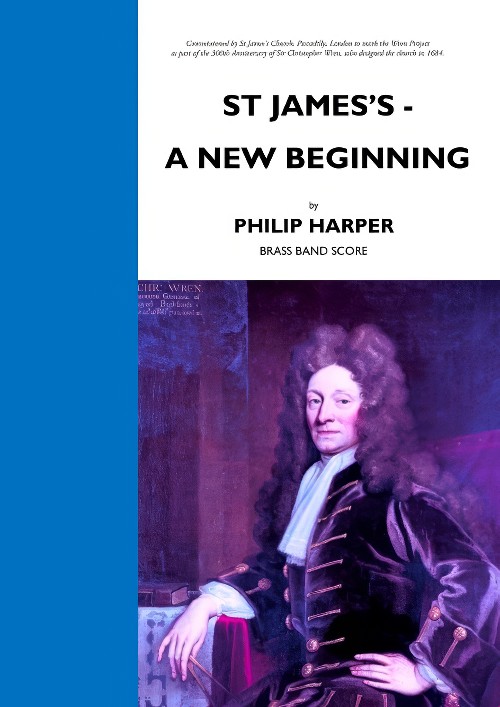 £89.95
£89.95St James's - A New Beginning (Brass Band - Score and Parts) - Harper, Philip
1st Section Finals test-piece for the National Brass Band Champtionships of Great BritainSt James's - A New Beginning commemorates 300 years since the death of English architect Sir Christopher Wren who redesigned and rebuilt London after the Great Fire in 1666.The piece is in four parts:I. The Great FireII. AftermathIII. VisionIV. RenaissanceThe bells ring the alarm and, as the capital city is engulfed by flames, panic and desperation spread. As the fire burns out, we are left to contemplate the aftermath of the inferno. Enter Sir Christopher Wren. His vision and courage were some of the most influential forces in the rebuilding of London which rose to reclaim its place as one of the great cities of the world.Duration: 12:00
Estimated dispatch 7-14 working days
